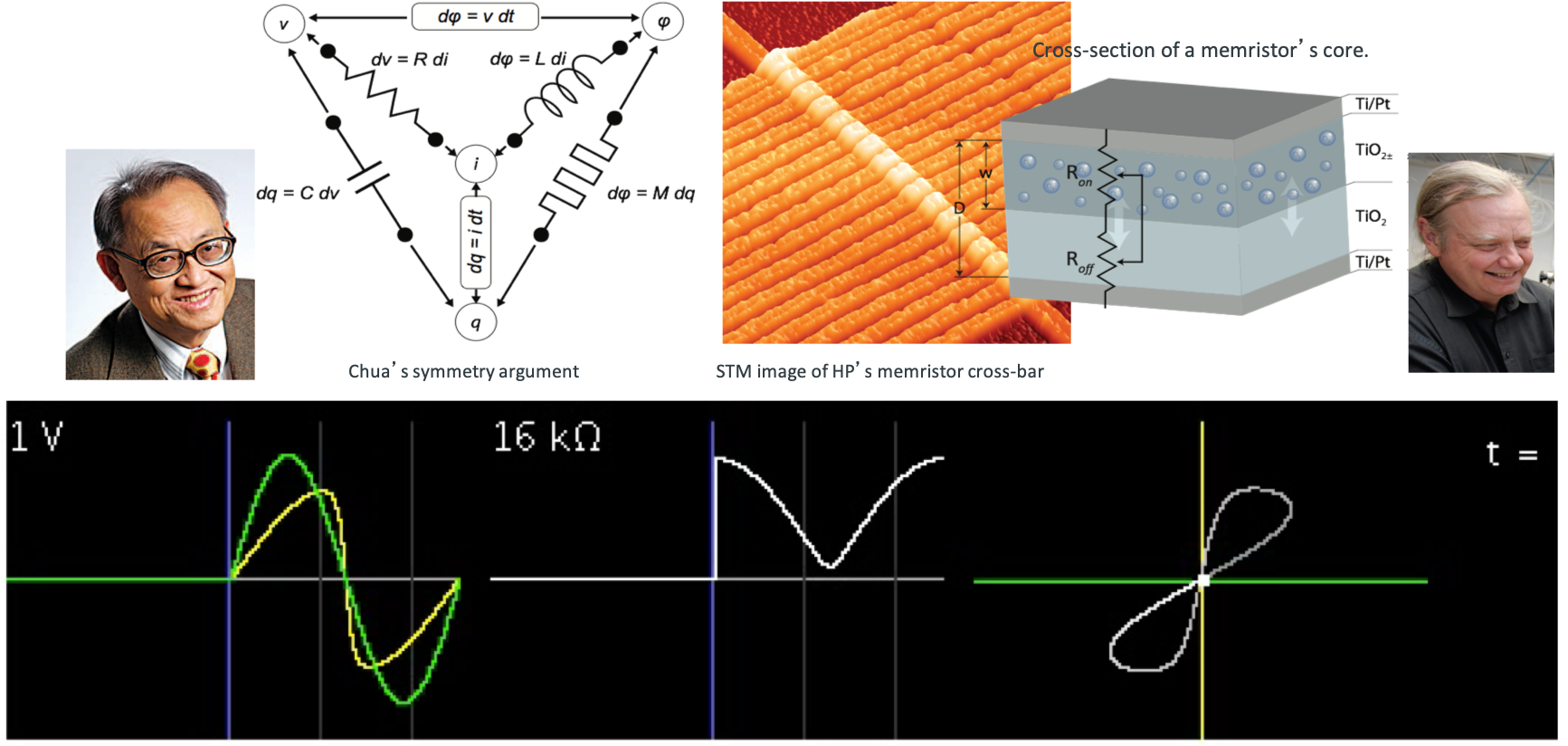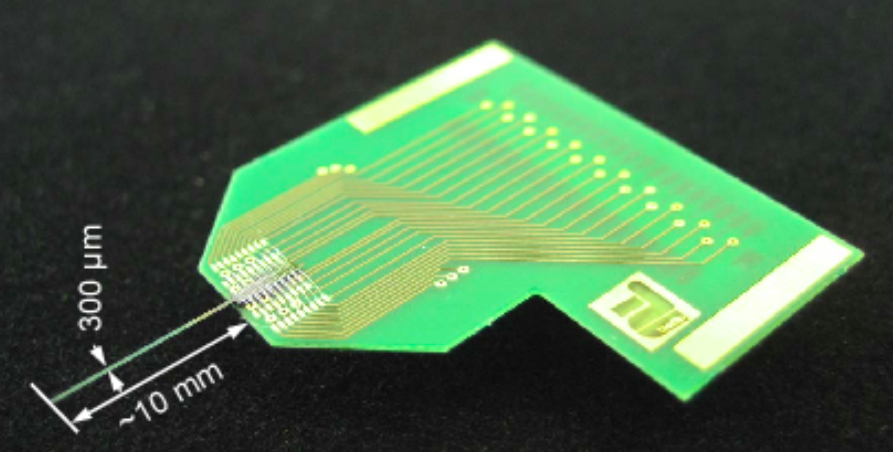GLOSSARY
Memristor
A memristor (memory resistor) is a non-linear passive two-terminal electrical component relating electric charge and magnetic flux. It was envisioned, and its name coined, in 1971 by circuit theorist Leon Chua. The memristor's resistance is not constant but depends on the history of current that had previously flowed through the device, i.e., its present resistance depends on how much electric charge has flowed in what direction through it in the past; the device remembers its history. In this respect, the memristor can emulate a basic property of the neuronal synapse, i.e. its plasticity. Similarly to the synapse, memristor’s resistance changes depending on pulses applied at the ‘presynaptic’ and ‘postsynaptic’ terminals, thus implement plasticity rules depending on spike timing and frequency.

L. Chua, “Memristor-the missing circuit element,” IEEE Trans. Circuit Theory, vol. 18, 1971
D. Strukov, G. Snider, D. Stewart, R.S. Williams, “The missing memristor found,” Nature, 453, 80-83, 2008
Neural interface
A neural interface (or neural probe) is an implantable device containing an array of nano/microelectrodes that are used for recording and, eventually, stimulation of neurons in the brain. Cortical neural interfaces can be placed in contact with the surface of the cortex –a configuration known as electrocorticography (ECoG)– or inserted in the depth of the cortex to get access to intracortical microcircuits. In this case, neural interfaces are usually in the form of silicon-based needles.

Schroder, Sven et al. “CMOS-compatible purely capacitive interfaces for high-density in-vivo recording from neural tissue.” 2015 IEEE Biomedical Circuits and Systems Conference (BioCAS) (2015): 1-4
Vassanelli, S., Mahmud, M., Girardi, S., Maschietto, M. On the Way to Large-Scale and High-Resolution Brain-Chip Interfacing. (2012) Cognitive Computation, 4 (1), pp. 71-81
Copyright (c) 2012 Springer
Spiking neural network
Spiking neural networks (SNNs) are artificial neural networks that more closely mimic natural neural networks. As distinguishing features, SNNs incorporate neuronal firing (i.e. generation of action potentials or pulses) and synaptic plasticity rules. Neurons do not fire at each propagation cycle, but rather only when the membrane potential – an intrinsic quality of the neuron related to its membrane electrical charge – reaches a specific value. When neurons fire, they generate pulses which travel to other neurons, strengthening or weakening connections depending on plasticity.